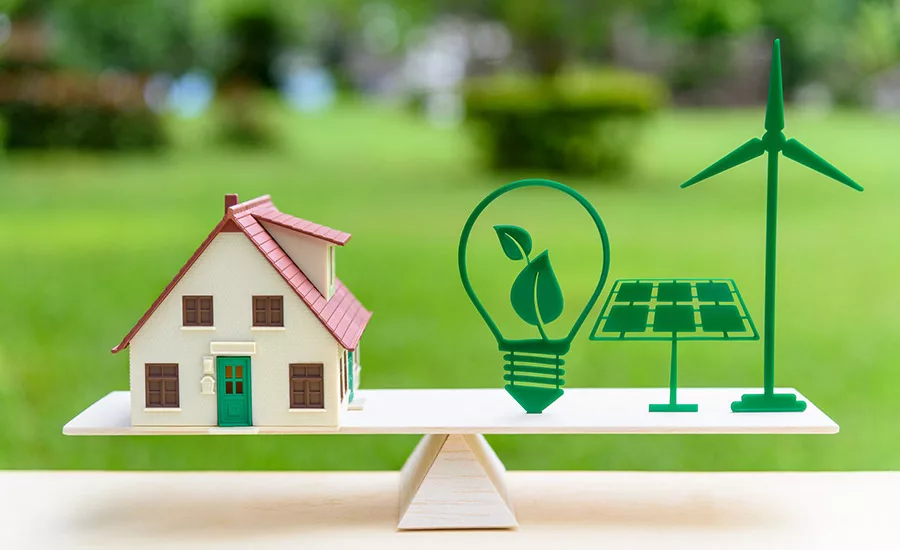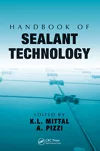Dow Reaches Midpoint of Valuing Nature Goal
Dow’s Valuing Nature goal is a commitment to systematically consider nature in its business decisions.

Dow recently announced that it has reached a milestone, achieving $500 million of savings from its Valuing Nature goal. This is halfway to the company’s 2025 Sustainability Goal to deliver $1 billion in business value from projects that enhance nature. One of seven 2025 Sustainability Goals Dow launched in 2015, which align to the United Nations Sustainable Development Goals, Dow’s Valuing Nature goal is a commitment to systematically consider nature in its business decisions.
Through this goal, Dow has committed to deliver $1 billion in value, primarily through avoided costs, from projects that are both good for business and for ecosystems. By considering operational interfaces with nature, capital costs and long-term operational and maintenance costs can be lowered. The company also committed to screen all capital and real estate projects, business development projects, and new product innovations for potential sustainability benefits and impact.
“At Dow, we believe business should be a catalyst for positive change through innovation and leadership in environmental sustainability,” said Jim Fitterling, chairman and CEO. “That’s why we are leading the way in ensuring the value of nature is considered in our business decisions. Dow’s Valuing Nature Goal is a critical piece of our ambition to become the most sustainable materials science company in the world.”
Examples of implemented nature projects reportedly include:
- Terneuzen, The Netherlands—Dow collaborated with Evides, a water treatment company and local water supplier, and the District Water Board to use local wastewater for industrial purposes. The collaboration has resulted in 300 m3/h net (or 2.5 million m3/year) water reuse, a 96.5% reduction in energy consumption, and lower maintenance costs. By 2025, Dow is working to replace the freshwater from the Biesbosch region completely with sustainably sourced water. Dow is also testing a constructed wetland to enable more efficient downstream water treatment, requiring less chemicals and energy.
- Aratu, Brazil—Excavation to install new brine wells at Matarandiba Island resulted in unstable and unsafe embankments. Instead of complete excavation or the traditional hard armor approach with steel and concrete, Dow stabilized embankments with gabions of local, readily available stone and reinforced vegetation. By creating this “living wall,” Dow saved money compared to alternatives while reducing carbon emissions by 90% and reducing impact to the local forest.
- Hot Springs, Ark.—Acidic water with high levels of zinc was seeping from an abandoned mining site in Arkansas. Rather than installing a traditional collection and lime neutralization system to treat the water, the project team diverted runoff and seepwater into a sinuous limestone channel that used nature’s biochemical processes to treat the water. The result is a natural streambed with minimal maintenance costs, and the mine seep water is treated before it enters the downstream creek.
Through its long-running collaboration with The Nature Conservancy, Dow has also developed tools to help evaluate and measure the value of nature-based projects. One tool, the Ecosystem Services Identification & Inventory Tool (ESII Tool) is available for download and reportedly allows users to quickly and effectively generate information on the ecosystem service performance of a specified landscape.
“By systematically providing the tools, structure and business environment, we are demonstrating how investing in nature can help businesses and other organizations save money, reduce risks and build value for all stakeholders,” said Mary Draves, chief sustainability officer and vice president of Environment, Health & Safety.
For more information, visit www.dow.com.
Looking for a reprint of this article?
From high-res PDFs to custom plaques, order your copy today!






